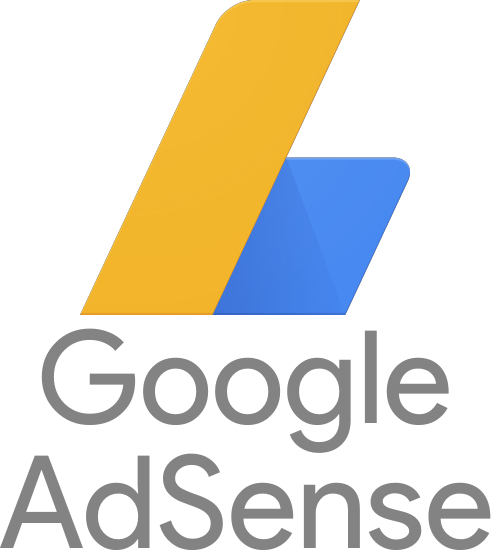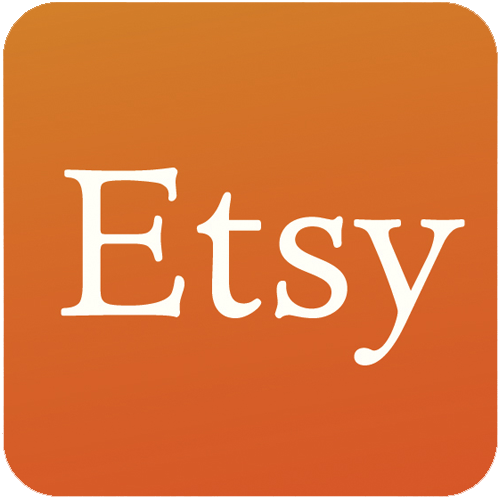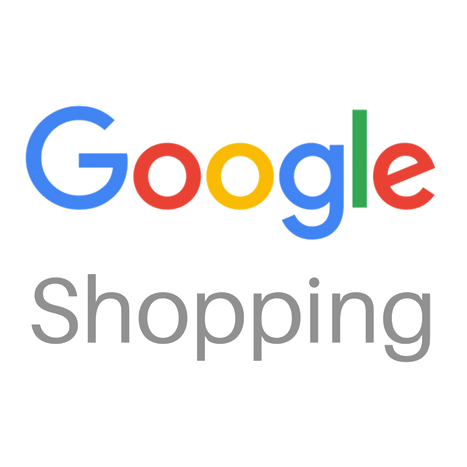How I Started A $12K/Month Business Selling Productivity Planners Online
Hello! Who are you and what business did you start?
Hi, I’m Jess. I’m 34 years old from Tasmania, Australia. I started Chasing Planner Peace back in 2015 when I was pregnant with my third child. Originally we were based on Etsy and only sold planner inserts, however, we’ve now turned into a one-stop planner shop that caters to seasoned “planner addicts” who want to add to their planners, and also planner newbies who love the fact our shop is the only store in Australia you can custom build your own ring planner style planner.
Customers can choose their planner size, cover pattern, dividers, accessories and hundreds of refill options. We have over 300 “inserts” that cover everything from weekly, monthly and daily layouts to trackers for fitness, meal planning, habits, health, Christmas and birthday party planning. We also sell ready-made bundles for study, wedding planning, teachers and more. We really pride ourselves on having lots and lots of options so people can choose a perfect planner that suits their unique lifestyle and needs. For example, a busy mum of three who is trying to make time in her day to exercise is going to need a different planner to a young student who lives alone. We also offer very niche...

Download the report and join our email newsletter packed with business ideas and money-making opportunities, backed by real-life case studies.

Download the report and join our email newsletter packed with business ideas and money-making opportunities, backed by real-life case studies.

Download the report and join our email newsletter packed with business ideas and money-making opportunities, backed by real-life case studies.

Download the report and join our email newsletter packed with business ideas and money-making opportunities, backed by real-life case studies.

Download the report and join our email newsletter packed with business ideas and money-making opportunities, backed by real-life case studies.

Download the report and join our email newsletter packed with business ideas and money-making opportunities, backed by real-life case studies.

Download the report and join our email newsletter packed with business ideas and money-making opportunities, backed by real-life case studies.

Download the report and join our email newsletter packed with business ideas and money-making opportunities, backed by real-life case studies.

























